|
My last column for the Red Deer Advocate ran in March, 2018.
The following is what I had penned as my farewell. This will be my final column for the Red Deer Advocate. Instead of writing a column with supporting images, as I have done since November 2010, I have been asked to submit monthly photos with short captions. I have greatly enjoyed penning these columns over the years and I appreciate the Red Deer Advocate for giving me the opportunity to share my writings with Central Alberta readers. I will continue to share my passion of nature photography in this paper and will continue to write a monthly blog, where more stories and photos (including of this Great Gray Owl) can be enjoyed: myrnapearman.com/blog.
14/1/2018 Flying Squirrel VideosMy thanks to Maureen Hills-Urbat, who lives in the foothills northwest of Cochrane, for sharing these amazing videos!
Don Auten of Ponoka has captured these unique and rare flying squirrel images using a remote camera system. Thank you, Don, for sharing these remarkable images!
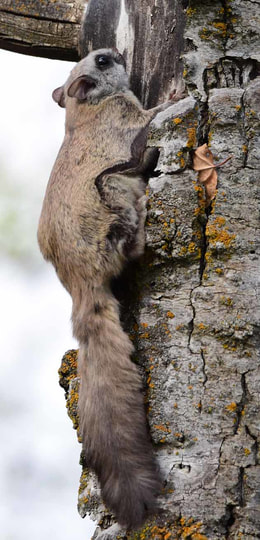 Northern flying squirrels are among our most interesting wild neighbours. Although they are quite common in Central Alberta, their nocturnal lifestyle means that they are seldom encountered by humans. Some bird feeding enthusiasts report seeing them dining at their bird feeders after dark (they love sunflower seeds) and there are reports of them taking up residence in bluebird or duck nestboxes. One fellow bluebird trail operator reported getting a very vicious bite last summer when he put his hand into one of his bluebird boxes to check the box contents. The box contained a flying squirrel family—Ma was determined to protect her babies! A fellow naturalist has also documented the fascinating noctual activities of flying squirrels with the use of a thermal imager. The squirrels, which show up as red dots on the imager screen, can be seen leaping great distances between tree branches. Despite their name, flying squirrels can’t actually fly. Rather, their patagia (unique membranes that stretch between their front and back legs) enable them to glide with ease. Apparently, they have been recorded gliding up to 100 m. They bob their head up and down and from side to side before launching themselves and, once airborne, steer with their forelegs and use their flattened tail as a rudder. The flying squirrels’ large ears and huge, black and glossy eyes enable them to navigate easily in their night world. They are omnivorous, dining on nuts, seeds, berries, insects and tree buds as well eggs and nestlings. Gregarious by nature, they will often roost with other individuals in a roosting cavity. Several years ago, I found the tail of a flying squirrel in my yard, the only piece left of an individual that had likely been killed by a neighbourhood cat. I remember stroking the flattened tail, amazed at how incredibly soft and delicate it was. More recently, I’ve had the opportunity to encounter flying squirrels in natural cavities and nestboxes. It is incredible to be able to gaze into those massive black eyes! 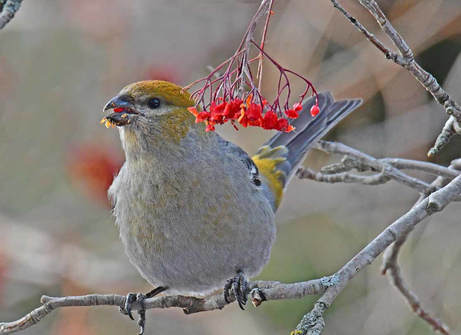 I have spent a few interesting hours over the past weeks watching and photographing birds on mountain-ash trees. Although I’ve known about these ornamental trees for decades, it wasn’t until these photo sessions that I really appreciated how much they brighten up our winter landscape and support biodiversity. Despite the name “ash,” these trees are not related to the ash family, but rather belong to the Sorbus genus of the Rose family. Called rowan in Europe, the species’ mythological and folkloric roots stretch back millennia. Their bitter berries, which contain high amounts of Vitamin C, were commonly used for medicinal purposes and the bark was used to make an astringent. Three cultivars are commonly grown in Alberta: American, European and showy mountain-ash. All grow to moderate heights and are tolerant of a wide variety of growing condition, traits that make them ideal for most backyards. Mountain-ash trees offer beauty throughout the year: their white cluster-like flowers burst forth in the spring and the bright orange or red berries (called pomes) that follow will persist into the fall and winter. Because of their nutrition and persistence, the pomes provide an important food source for a variety of winter bird species. Although Bohemian waxwings are the birds most often see gobbling mountain-ash berries in the winter, many other species will also dine on them. I have seen pine grosbeaks (shown here) and house finches feast on the berries, and a quick reference search indicates that many other species will as well: cedar waxwing, ruffed grouse, common grackle, European starling, American robin, northern flicker, Townsend’s solitaire, purple finch, yellow-rumped warbler, hermit thrush, evening grosbeak. The seeds are indigestible, so birds are responsible for “planting” mountain-ash trees far and wide. Mountain-ash berries are subject to fermentation if they freeze and then thaw. Not surprisingly, there have been many reports of inebriated birds staggering about and flying erratically after consuming fermented mountain-ash berries. Despite this risk, I highly recommend planting a mountain-ash tree or two if you would like to attract winter birds to your yard. 30/10/2017 American Kestrels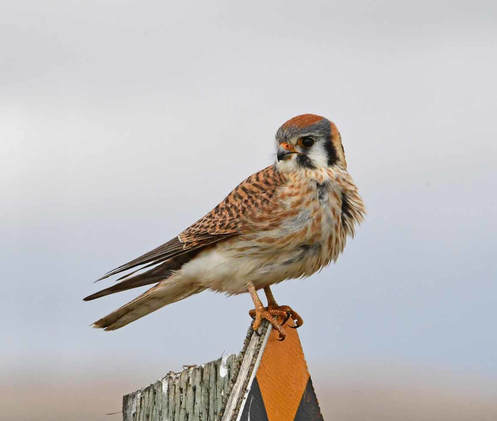 American Kestrels are one of my favourite bird species. Colorful, tiny and fierce, they hold the distinction of being both North America’s smallest falcon and the only hawk species to nest in cavities. Historically called the “sparrow hawk,” this species is declining across much of its range. Thankfully, they still seem to be fairly common in Central Alberta, where they are usually seen perched on power line wires or poles that bisect open grasslands and parklands. Their hunting method – hovering into the wind – is very distinctive, and the adults can be easily differentiated by their plumage: the males have blue-gray wings and a more colourful head pattern than the females. Many years ago, I built and set out several kestrel boxes near our Rimbey-area farm. I was thrilled when one pair took up residence, offering me the opportunity to watch the adults and see the nestlings up close. More recently, I have appreciated the opportunity to check boxes with other kestrel enthusiasts. How ugly the young are when first hatched, and how quickly they grow. Unique among birds, nestling kestrels have a very creative way of disposing of their feces; they back up, lift their tails and squirt it on the roof and walls of the cavity! I remember being shocked and surprised to open up a box with week-old chicks. I was taken aback by both their cute-but-ugly faces and the smelly fecal wallpaper they were creating inside the box. Although kestrels will take the odd songbird, they eat mostly grasshoppers, beetles, dragonflies, spiders, butterflies, moths and small mammals. Interestingly, they can use their ability to see ultraviolet light to track voles and other small mammals by following urine trails. If hunting is good, they will cache surplus prey in/on hiding spots such as bushes, grassy clumps, tree limbs and cavities. Because of their small size, they often fall prey to larger hawks and owls. American kestrels are migrants, usually arriving in Alberta each spring in April and then departing in October. Overwintering records are rare, so I was grateful for the opportunity to watch and photograph a lone male kestrel that decided to hang around a subdivision south of Calgary a couple winters ago. Residents in this subdivision fed a large population of house sparrows, so this bird decided (either by choice or because of some ailment) that it would just stay behind and avail itself of easy pickings. Each day, it took a sparrow or two and, according to the bird watchers in the area, thrived for the entire winter. If you are interested in setting out nestboxes for American Kestrels, the Alberta Conservation Association has an excellent downloadable booklet with all the details (http://www.ab-conservation.com/downloads/educational_materials/brochures/nest_box_guide_and_instructions.pdf). 20/10/2017 Muskrats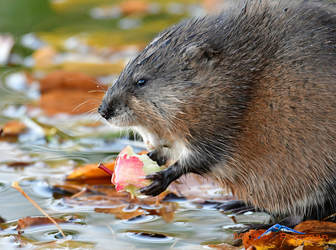 I am intrigued by muskrats. Over the past several years, I’ve enjoyed observing and photographing these busy little rodents. Fall is a good time of year to go muskrat watching, as their population is high and they can be seen busily preparing for winter. Muskrats have been in the national news recently, as animal rights groups are questioning the Canadian government’s decision to proceed with an order to kill 12,000 of these remarkable little animals so their fur can adorn RCMP winter hats. Animal defenders point out that muskrat trapping can be cruel and that an alternative insulating material could easily replace the muskrat fur on RCMP hats. My most recent muskrat encounters, both interesting and poignant, have been at Ellis Bird Farm (EBF). Following an onsite meeting not long ago, I ambled with a binocular-toting bird watcher friend down to the dipping pier. We were pleasantly surprised to count six muskrats. What a delight it was to watch them swim by, come out of the water to retrieve grass stems to eat, and even sit beside us and groom themselves. But I was surprised the bird watcher declared that one of the muskrats was swimming with an apple in its mouth! I immediately knew the source of the apple: about eight years ago, we planted a small apple orchard on the hillside by the Wetland Centre. The orchard produced a good crop this year, some of which ended up on the ground. The deer, the resident snowshoe hares and even the muskrats have discovered this candy store. After watching a sparring match between two apple-loving muskrats, my friend went up to the orchard and retrieved a few more apples. She placed them on a little mud patch beside the pier and, within seconds, two muskrats were seen racing to claim the prize. The winner set upon the apple with relish and promptly slurped it down. I was thrilled to be able to photograph the action. A few days later, I returned to the pond (with a few apples in my pocket) to see if the muskrats might still be active. As I rounded the corner by the apple orchard, I came face to face with Albert, our resident male Great Horned Owl. In his talons was a freshly killed muskrat. Albert flew west with his heavy load. He landed in one of the large poplar trees and draped the muskrat over a sturdy branch. I slowly approached him and, for a few long seconds, we held each other’s gaze. I’m not sure what he was thinking, but I found myself pondering the visceral reality of life and death. And I fretted about the possibility that we had inadvertently set up the perfect muskrat-killing system by planting an apple orchard at a perilous distance from the pond. It is my hope that the owls will spare a few muskrats so they can continue to grace our wetlands. I have proposed that we plant additional apple trees closer to water, so the fruit can fall into the tall and protective shoreline grass. I also look forward to offering the opportunity for our visitors (onsite and online via webcams) next season to watch and appreciate these fascinating and industrious wild neighbors. UPDATE: I visited the pond yesterday (October 20) and there were TWO muskrats dining on apples. Let's hope that they are a breeding pair so we can have more little muskrats enjoying apples next year! 17/9/2017 American Bitterns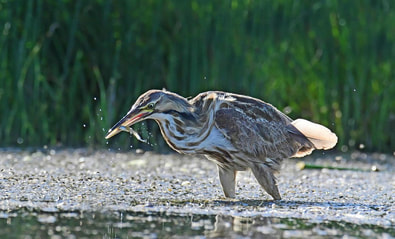 The first time I heard the distinctive pump-er-lunk call of an American Bittern was while canoeing many decades ago on a beautiful little lake west of Rimbey. Lucky for me, my canoeing partner, Fred, was an expert naturalist. He quietly regaled me with bittern stories and information while we scoured the shoreline cattails, eager to catch a glimpse of this elusive heron. Eventually, we found it—a streaked brown bird standing motionless in the cattails, its body stretched up and its beak pointed skyward. Its bright yellow eyes, wide and sparkling, glared directly at us. Standing as still as a marble statue, we realized that the bird had every confidence that it was invisible to us. In the years since that enchanting encounter, I’ve been on the lookout for bitterns. However, except for a quick glance and hasty photo of one standing in a ditch two years ago, I’ve not seen another one. Last summer, I finally lucked out. First, we encountered a young bittern at Elk Island National Park in early July. It remained obscured by cattails, but I was able to snap a few habitat photos. Then, a few weeks later, while kayaking with a friend in the beautiful bay of Rochon Sands at Buffalo Lake, we encountered two bitterns. For about an hour, we watched these birds patrol the shallows right in front of us. It was truly a ringside seat! They would occasionally stretch their necks up as if perceiving some threat, but mostly they ignored us, concentrating their attention on the abundant schools of shoreline minnows. They would alternate between walking slowly and standing motionless, all the while staring intently into the water. Then zap, they would plunge their heads into the lake and come up with a minnow. After a short but hopeless struggle, the fish would be gulped down. American Bitterns, like all herons, are found around wetlands. Although they are fairly common in Central Alberta, they are seldom encountered (as I can attest) because they spend most of their time well concealed in shoreline cattails and bulrushes. They are more often heard than seen, as they emit a deep booming pump-er-lunk call. This call is so distinctive that has earned them the nickname “thunder pumper.” Some of their more obvious physical adaptations include cryptic coloration, long legs and massive feet. They also have incredible eyes. Bright yellow in colour, their eyes have the unique ability to focus downward, an attribute which enables them to stare down into the water to look for fish, frogs and other prey. These moveable eyeballs also allow them to track activity that is taking place in front of them (such as intruding canoeists or kayakers), even when their neck is stretched upward. Although this trait gives them a cross-eyed and startled appearance, it serves them well while foraging and avoiding predators. To learn more about American Bitterns and hear their distinctive call, check out The Cornell Lab of Ornithology. 23/6/2017 Eared Grebe EncounterWhile watching some Eared Grebes along a small wetland east of Erskine, AB on June 21, we noticed one individual clamber up on a pad of partly submerged vegetation. Suddenly she (as we would soon to determine) extended her neck and then laid down on the pad. Her mate came up behind the pad and, after what looked like a few seconds of serious contemplation, jumped up out of the water and onto her back. They mated for a few seconds, then he slid off her head back into the water. They both stood still for a few post-coital moments before swimming off a short distance to find additional material for the pad (which we assume will become their nest). They mated five times in the 45 minutes that we watched. We were facing the sun, so the lighting wasn't the best, but we felt blessed to witness and photograph these intimate encounters!
|
AuthorMyrna Pearman Archives
August 2022
|
All photos and published works on this website are copyright Myrna Pearman unless otherwise noted.
Re-posting these images or publishing is not permitted without Myrna's written consent.
Copyright Myrna Pearman Publishing 2024- Site design and maintenance by Carolyn Sandstrom
Re-posting these images or publishing is not permitted without Myrna's written consent.
Copyright Myrna Pearman Publishing 2024- Site design and maintenance by Carolyn Sandstrom

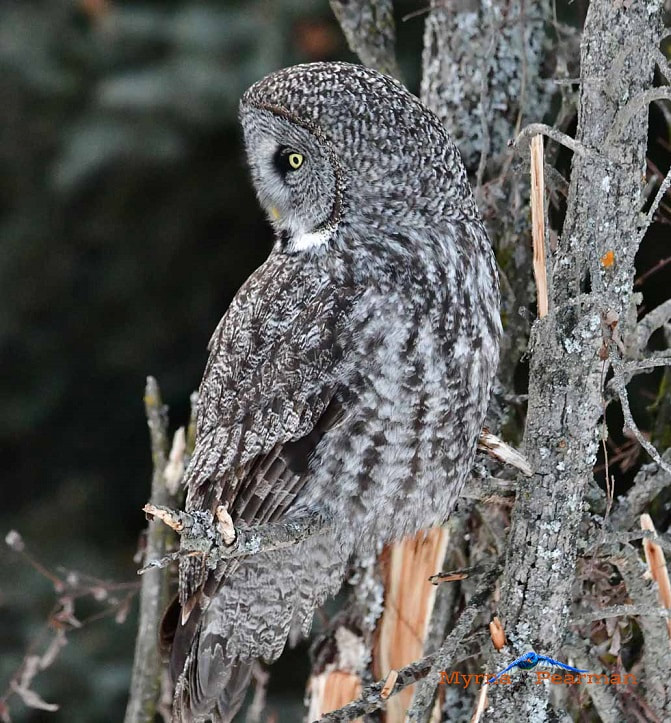
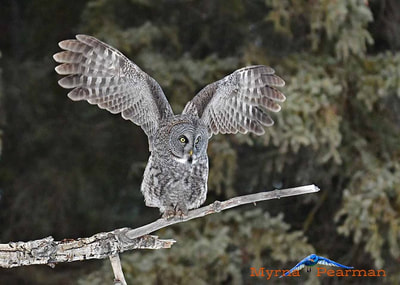
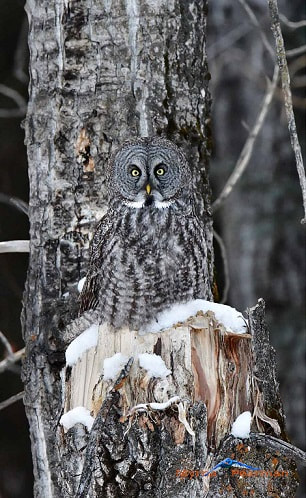
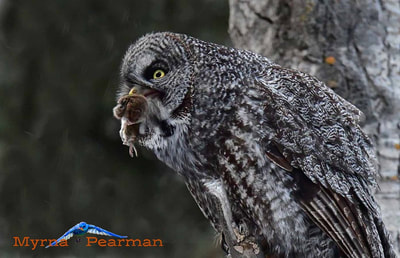
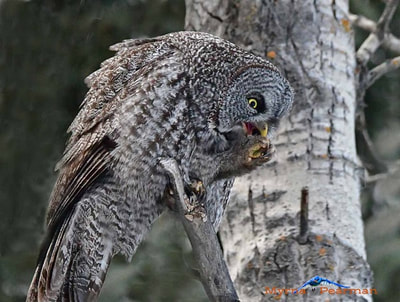
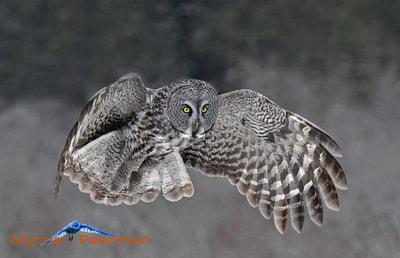
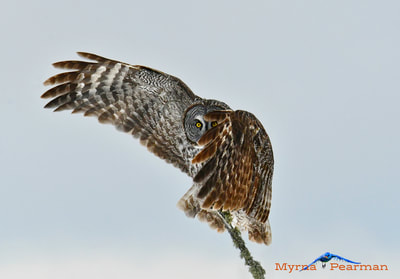
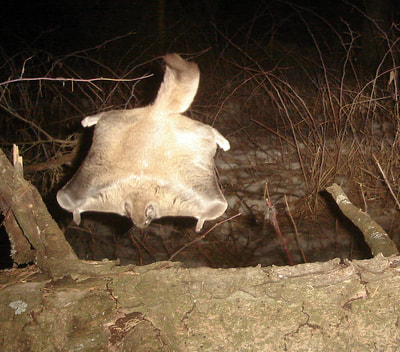
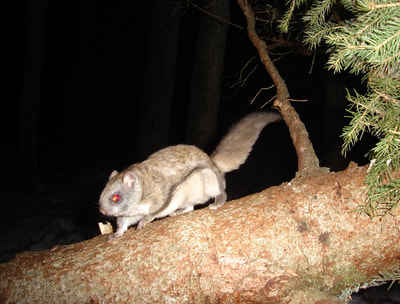
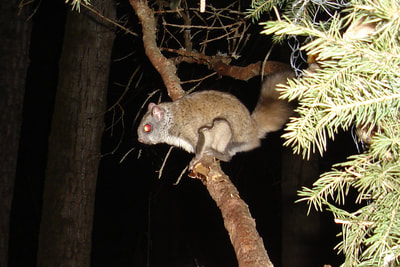
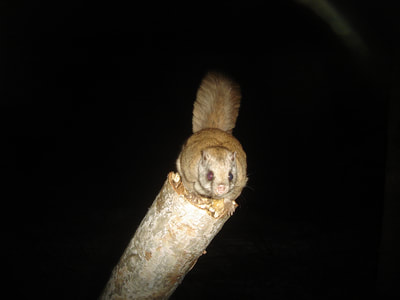
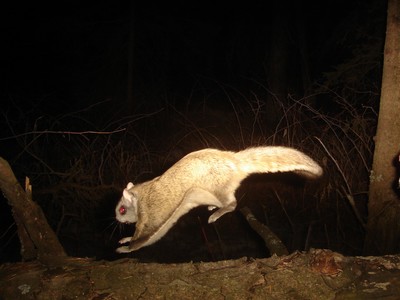
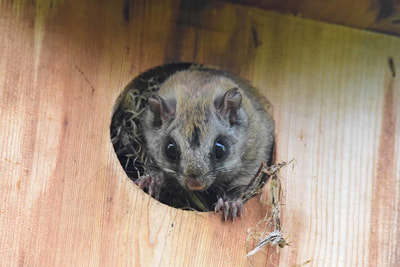
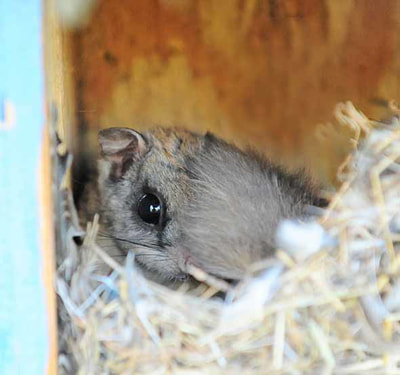
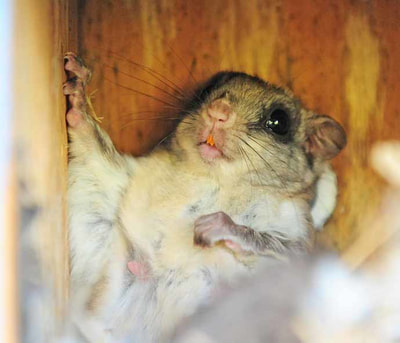
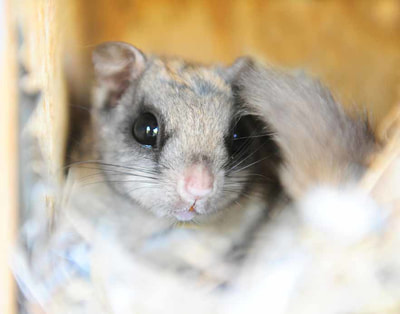
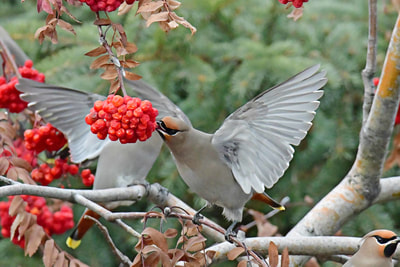
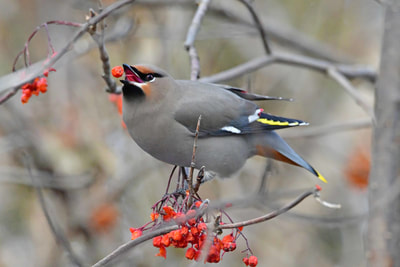
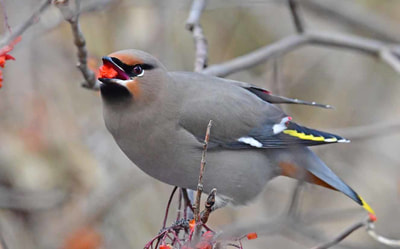
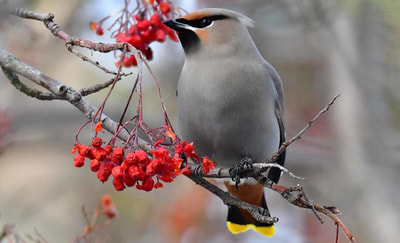
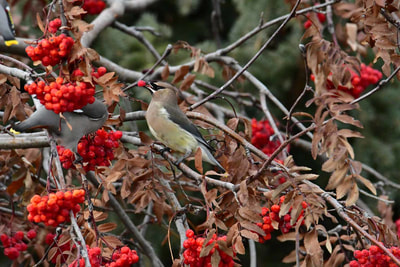
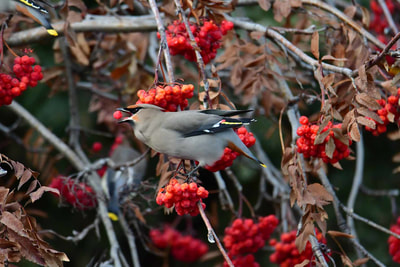
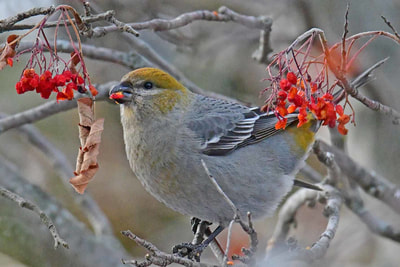
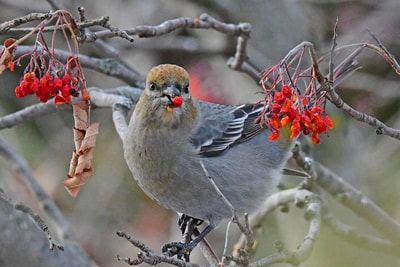
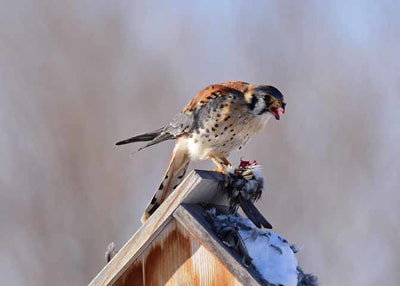
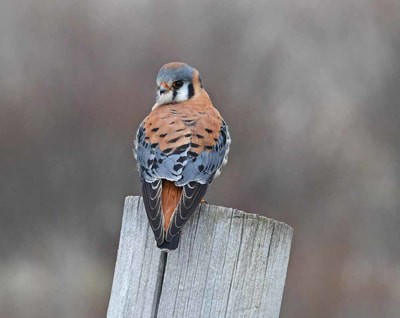
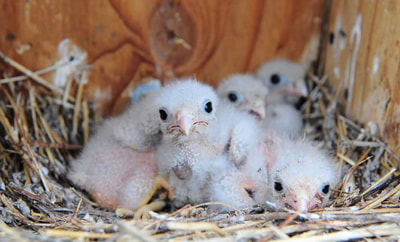
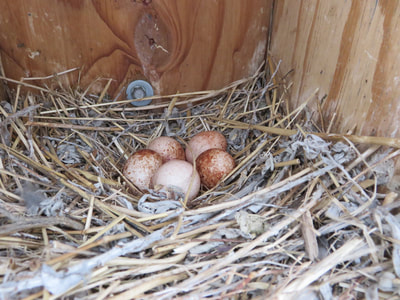
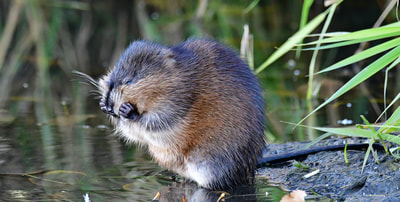
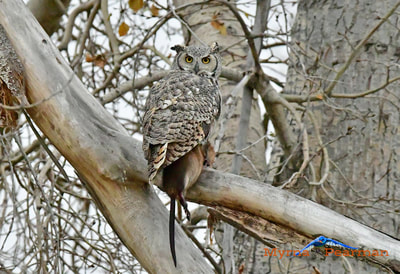
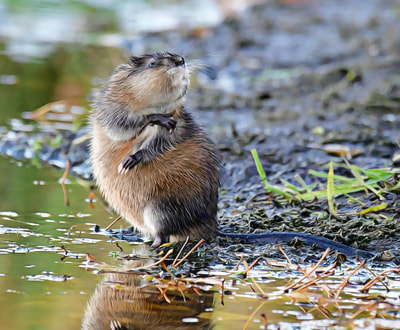
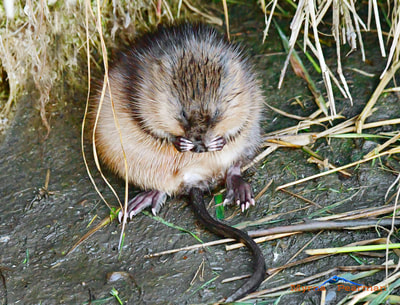
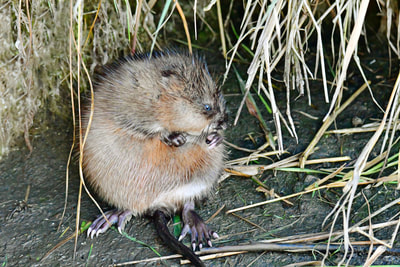
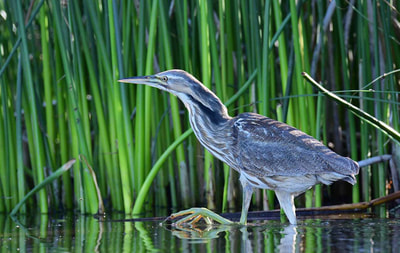
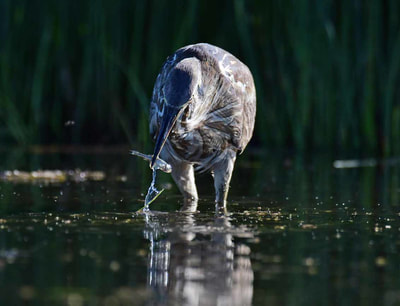
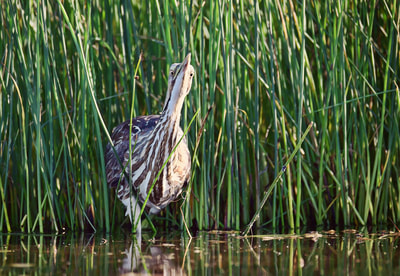
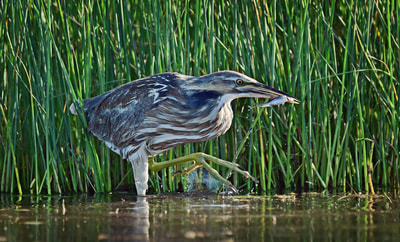
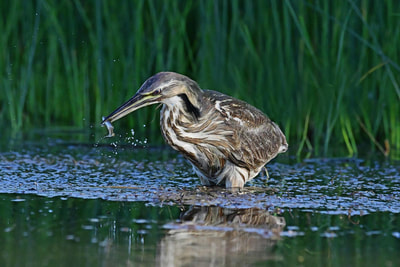
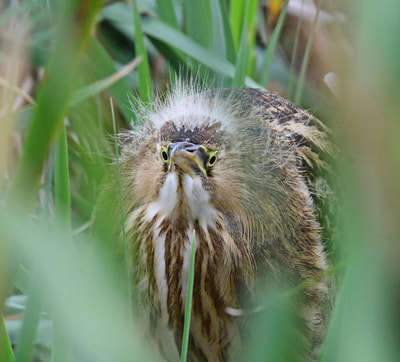
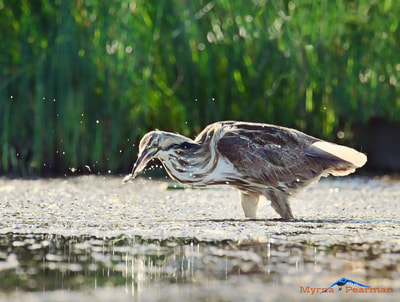
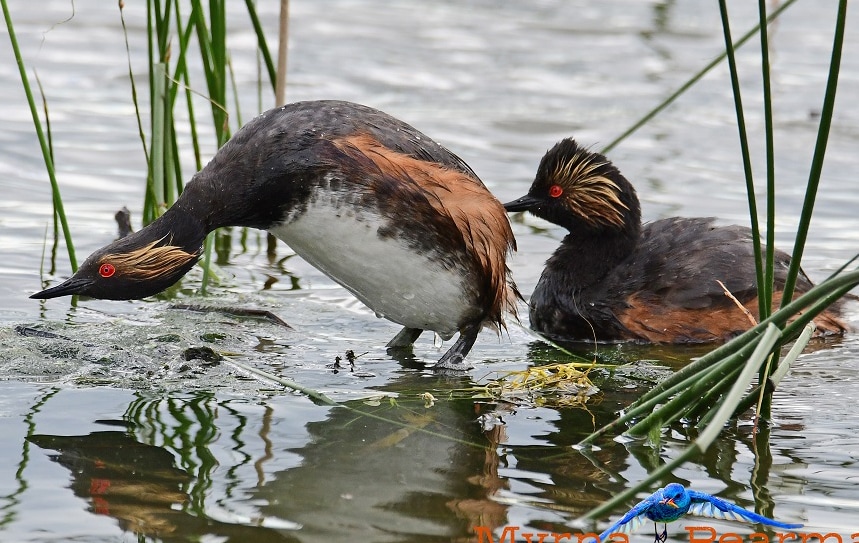
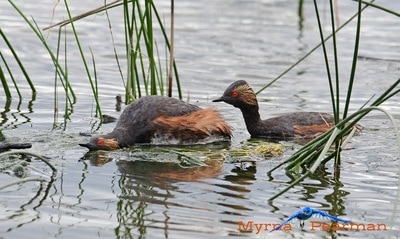
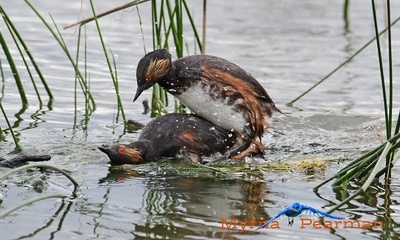
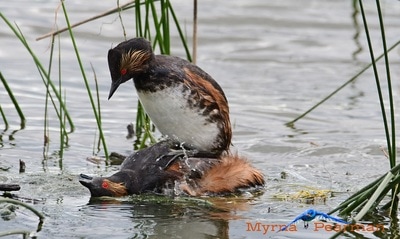
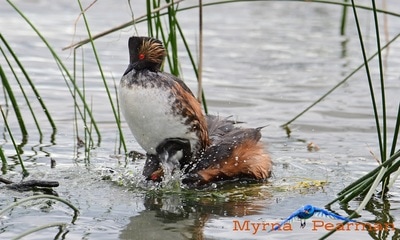
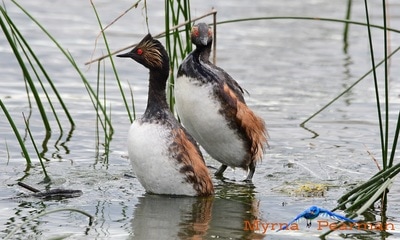
 RSS Feed
RSS Feed



12/4/2018
0 Comments